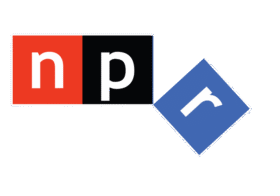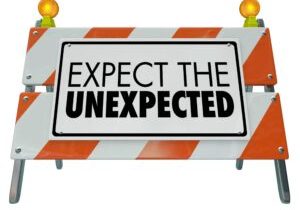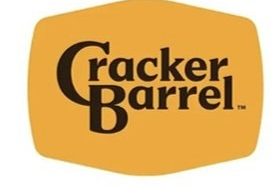
Last weekend may be remembered as a Saturday and Sunday many of us worked. Maybe we didn’t formally go into the office (or station), but odds are you were thinking about two major changes that would appear to be tectonic shifts in the media landscape—the firing of Stephan Colbert and the termination of The Late Show, along with the defunding of public media by the U.S. Congress.
Both carry deep implications about a highly uncertain future. And as Paul Jacobs writes in today’s “Guest Post,” just when you thought it couldn’t get any weirder, it will.
Paul and I wrote our posts—yesterday and today—by ourselves, alone and thinking about where we’re headed. While the themes are similar, neither is on a deadline nor were they compared to one another in writing process.
We hope you’ll read them in the spirit in which they were written: constructive and (hopefully) additive to the conversations you’re having in the conference room or around the kitchen table. – FJ
“Free is just another word for nothing left to lose.”
By Paul Jacobs
Over the decades, a recurring theme (and the guiding focus of our careers) has been identifying, embracing, and leaning into change. It’s the way Jacobs Media has been wired since Fred turned the OPEN sign on back in 1983, and it’s what keeps us intrigued and motivated to this day. Yes, change can be daunting and scary, and we are certainly living through enough of it this year to seemingly last a lifetime.
And we learn every time there’s a cataclysmic period of tumult is that with change comes opportunity if you seek it out and remain calm enough to embrace it and reap its benefits. Whether its voicetracking or AI, there are economies of scale and pathways toward efficiency if you look past those kicking and screaming every time something new is launched.
And because we never shy away from confronting change, we are usually well positioned to identify the best path forward. We read everything, engage with many experts in and out of radio, and of course, have access to a lot of research, whether it’s third-party or studies we conduct ourselves like our Techsurveys.
But given the rapid-fire change vortex the media world finds itself in, this is one of those rare moments where we have as many questions as answers. Over the past few weeks, we have witnessed multiple cross-currents pointing in different directions, all surrounding the business model of media and what’s the best financial model: free or paid?
For radio, we know that “free” is a significant benefit. Our 2025 Techsurvey finds once again that the free ubiquity of radio is one of the most powerful attributes the industry has as it competes against an ever-growing array of competitors, many of whom charge a subscription fee for their content:
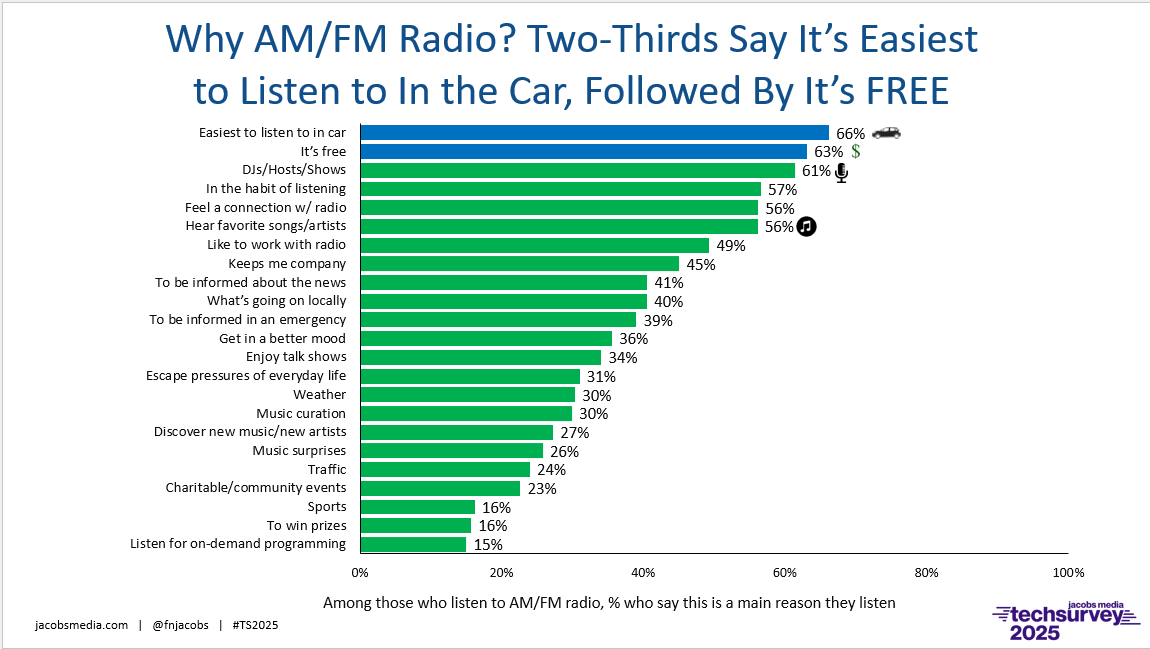
That’s right—ranking higher than personalities and music, nearly two-thirds say radio’s “free” business model is a main driver explaining why they listen. There’s something attractive about not getting a bill at the end of the month for all the radio listeners have consumed.
But what happens when simply being free isn’t good enough to provide a sustainable business model?
Unfortunately, that’s what’s happening to many AM/FM stations right now. There continues to be a discernable shift away from traditional media advertising models with a corresponding shift toward alternative forms of reaching the public, especially digital solutions. Don’t believe me (or your monthly billing)? Here’s what Gordon Borrell has found:
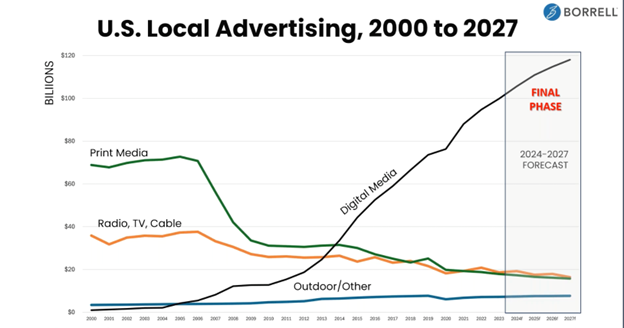
It’s clear local advertising is on a slow, steady decline—sort of like a leaky balloon—while digital media spending continues to trend like a rocket ship.
Television isn’t immune either. The entertainment world was shaken up last week when CBS announced the cancellation of the top-rated late night program, The Late Show With Stephen Colbert. Obviously, ratings didn’t matter much as CBS executives explained in an interview with USA Today: “This is purely a financial decision against a challenging backdrop in late night. It is not related in any way to the show’s performance, content or other matters happening at Paramount.” The title of the story says it all: “Stephen Colbert is out at CBS. Is all of late-night TV officially doomed?”
So maybe we should question whether the ad-supported “free” model for radio and other so-called linear media has run its course. If great ratings and cultural relevance can’t make money, then we have to take a good hard look at the “free” ad-supported model.
But the shifting sands of media business models are more complex than simply concluding the “free” model doesn’t work anymore. After all, the newspaper industry has been hit even harder than radio or television, and they’ve had the “paid” subscription model throughout their existence.
According to Nieman Lab, that once-powerhouse industry has been hit so hard that many newspapers have decided to become “reader-supported” and are now non-profit.
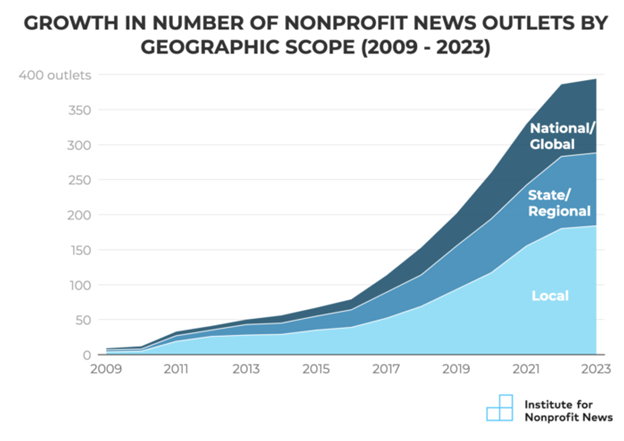 While there may be a plethora of solid financial reasons for these moves, last week’s other mega-media news event last week called that into question—the government’s defunding of the Corporation for Public Broadcasting and the financial fallout on local NPR stations across the country.
While there may be a plethora of solid financial reasons for these moves, last week’s other mega-media news event last week called that into question—the government’s defunding of the Corporation for Public Broadcasting and the financial fallout on local NPR stations across the country.
The public media system in the U.S. has been non-profit since its inception. Along with the addition of federal funding, organizations in this space have generally created a sustainable non-profit financial model comprised of a mix of sponsor support (underwriting), listener donations (those dreaded pledge drives), major gifts, and from an assortment of other sources.
But now that federal funding has been “clawed back,” will public radio and television stations in the U.S. still have a sustainable business model? Unfortunately, not without a lot of changes including staff and program reductions.
So into this swirl of shifting sands and uncertainty steps SiriusXM. For decades, they’ve had a very simple and profitable business model—a subscription service with multiple commercial-free music channels primarily accessible in the place where audio is listened to most—the car (the only ads on SiriusXM are on the Talk channels, primarily to cover ads that air from simulcasts like CNN and Fox News).
But lately, SXM’s business model has become unwieldy. Their subscription foundation is faltering, apparently forcing them to introduce SiriusXM Play, a lower-cost subscription model (around $7/month).
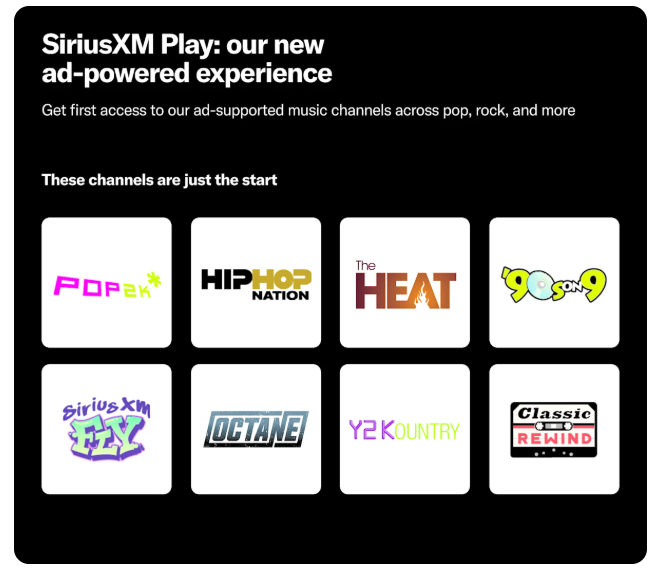
In yet another attempt to target commercial radio (with a faltering model), SiriusXM has decided to . . . wait for it . . . add the one element most commercial radio listeners can’t stand the most—ADVERTISING—in order to capture new listeners.
And don’t forget, one of the core values of SiriusXM since its exception has been its commercial-free channels.
So here’s a recent CNBC headline that may as well have been written by the Onion. What’s wrong with this picture?
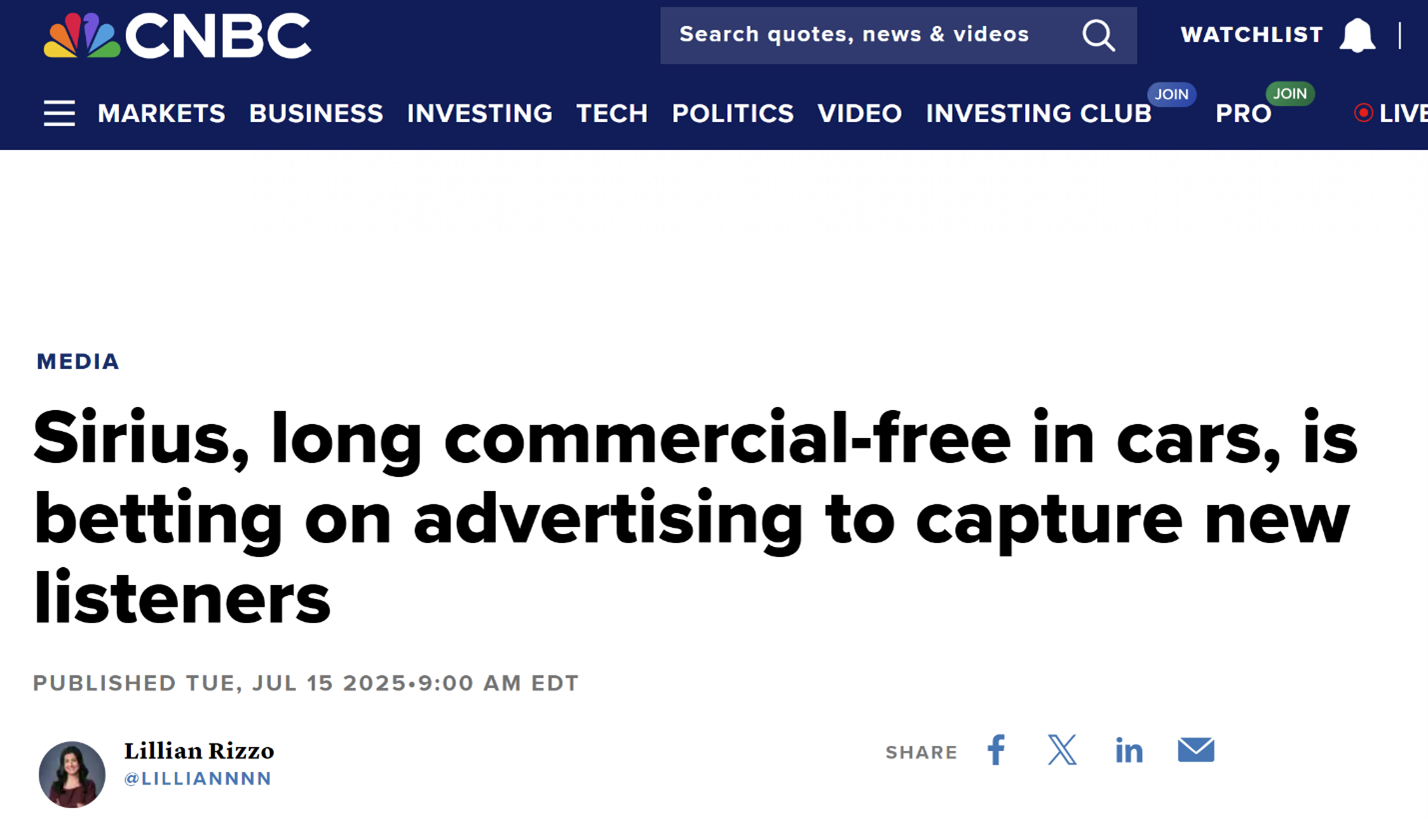
This is twisted logic to be sure, a point that was recently made by industry analyst Roger Lanctot who pointed out this new less expensive tour at $7 is actually higher than the oft-negotiated $5 rate many SXM subscribers come away with after they threaten to cancel. You can read Roger’s sharp analysis in a well-titled piece, “Seriously Confusing Pricing from SXM.”
Confused? I get it.
In light of what’s happening today, media organizations need to develop a hybrid “free” and “paid” approach. What that looks like is subject to a whole slew of factors, but clearly, adding news revenue streams is necessary.
But you read this blog for ideas and occasionally solutions, so while it’s difficult to recommend “the best approach,” let me throw these suggestions out and let the jacoBLOG community chew on them and add their own.
- Accept reality and prepare to change. If you’re a radio station with growing revenue, congratulations! You are in the minority. But that doesn’t mean you should stand pat. Go back and revisit the Borrell chart, and make the hard decisions now before things turn while you are in a position of strength.

If your revenue is declining and you haven’t explored additional revenue options, all is not lost but you need to get moving—yesterday. A year ago we began consulting stations on building a digital revenue program. Our Jacobs DR program headed up by Chris Brunt continues to sign new clients. Still, we continue to hear from stations that have literally done nothing beyond selling banner ads on their website. That’s not going to cut it. These shifts in revenue and models are too significant to overcome by selling a few 336 x 280’s. And that leads me to…. - You can’t shift without a strategy. Too often we see stations create a new product or digital offerings without the benefit of a schematic. Who’s the competition? Where are the holes? Who’s going to head it up. What are you capable of producing? What’s the mentality of the sales team? How open is the sales manager to change? And from the audience’s standpoint, what type of content interests them? What are they willing they to pay for? Will they accept ads? If so, how many and in what form?
- What content is your station capable of producing? Do you need to go outside, create partnerships, or turn it over to the audience to create? Of course, conducting some research, even if it’s focus groups, would be helpful. Hard questions, but you won’t be successful until you go through the painful process of truly assessing your situation and avoiding those dreaded “random acts of digital?”
- What content should be “free” and what should be “paid?” Several years ago we created a couple of “pie” charts that were the result of a meeting we had in Las Vegas, where a non-radio colleague of ours asked an important question of some C-Level radio executives:
What’s the value of the average listener?
The premise was radio should not look at their audience as a Nielsen number to be monetized only through the advertising lens. Instead, radio should look at its business as a platform, and its goal should be to move the audience to different places on the platform to generate income through additional advertising, subscriptions, events or other means.
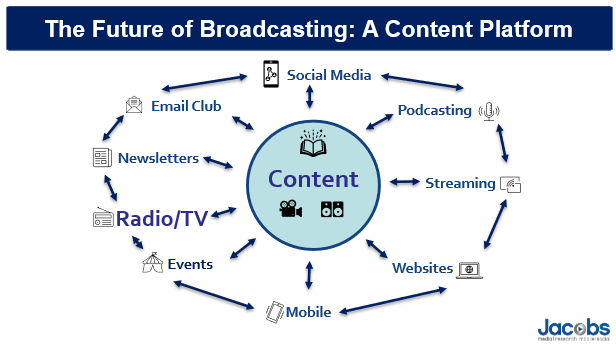
While this model is a decade old, it is more relevant than ever, especially as the industry is attempting to come to grips with the “free” vs. “paid” model.
We created this at the beginning of the decline and it’s more relevant today because as ad revenue for radio has declined, so has the relative value of the ratings. In its place are new metrics: downloads, streaming habits, tickets and sponsorships sold at events, and more.
I don’t need to tell you these are challenging times, but standing on the sidelines while continuing to put all of your eggs in the traditional advertising basket is a recipe for failure.
Most broadcasters realize this, and some have pivoted, but when I walk into radio stations I’m struck by the fact they look remarkably similar to the first radio station I worked at decades ago, where the overwhelming amount of resources—people and budget—were allocated to the on-air product.
Stephen Colbert will be fine even in the ashes of the post-apocalyptic mess that is The Late Show. He will undoubtedly try his hand at other platforms, and is likely to excel there.
But for the 200 people currently working on Colbert’s staff, it may be a very different story.
Change is in the air. The question is, will media outlets of all shapes and forms make the necessary moves before more painful moves are made to possibly take them out.
What lessons can radio learn from this maelstrom of change that can eventually contribute to keeping the industry viable and relevant?
The renowned philosopher, David Robert Jones (a.k.a. David Bowie) is famous for his quote about forks in the road and how to cope with them:
“Turn and face the strange ch-ch-ch changes.”
Originally published by Jacobs Media

